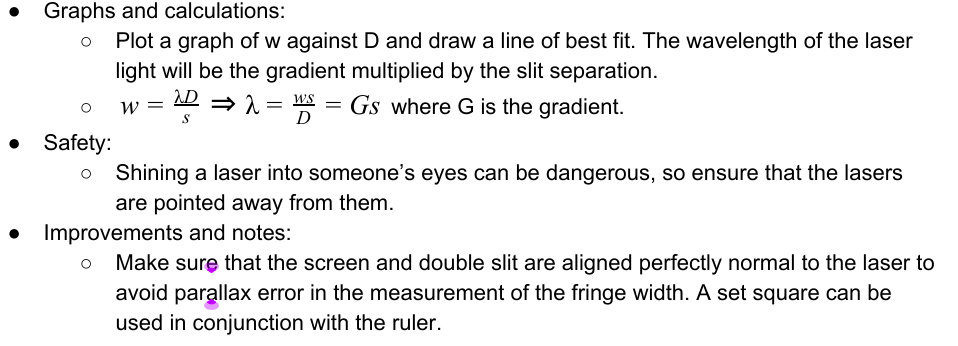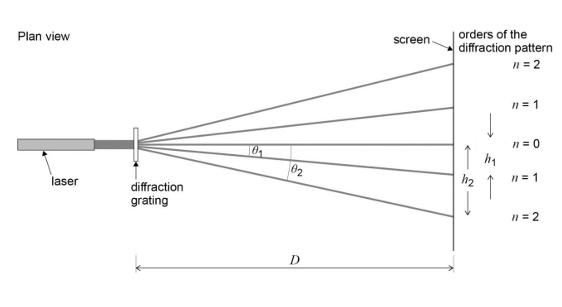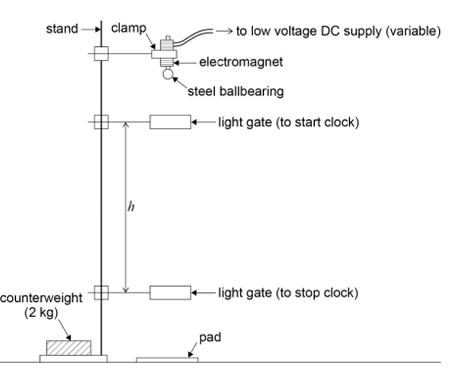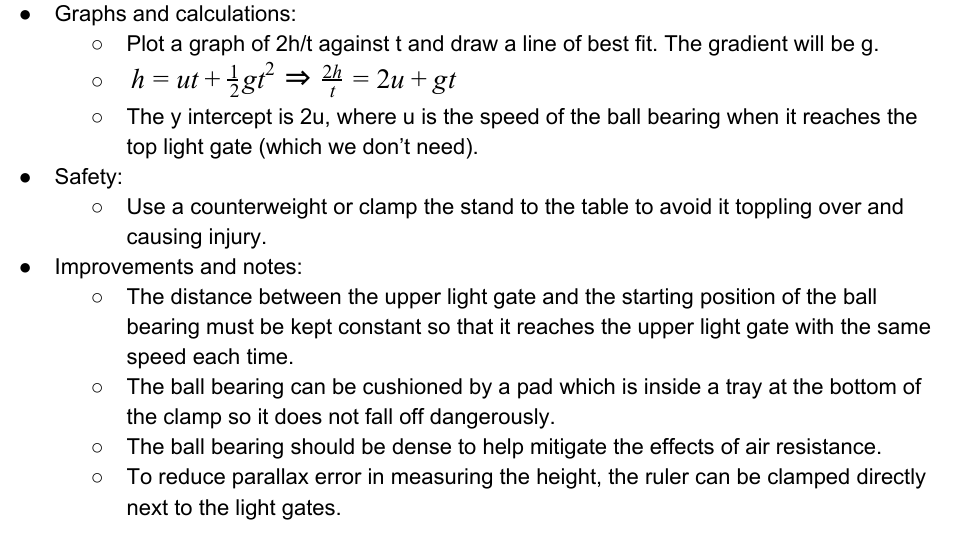Required Practicals - Physics
1/3
There's no tags or description
Looks like no tags are added yet.
Name | Mastery | Learn | Test | Matching | Spaced |
|---|
No study sessions yet.
4 Terms
1 - F_______ of _________ ______. Equipment? Method? Calculation? Safety? Improvements?
Frequency of Stationary Waves.
Equipment:
○ Signal generator ○ Vibration generator ○ Stand ○ Pulley ○ Wooden bridge ○ 100g masses with holder ○ Metre ruler ○ 1.5m long string ○ Balance
Method:
○ Set up the apparatus as shown in the diagram.
○ Adjust the length l so that it is 1.000m, measured using the metre ruler.
○ Increase the frequency f until the string oscillates at the first harmonic. Read and record f.
○ Reduce l by 0.100m and adjust f again until it oscillates at the first harmonic. Measure and record f and repeat this, reducing l by 0.100m each time down to 0.500m.
○ Repeat the experiment twice more and find and record the mean f for each l.
○ Measure the mass of the string on the balance and record it.

2 - I______ Effects (D____ S___)
Interference Effects
Double slit experiment:
● Equipment: ○ Laser ○ Double slit ○ White screen ○ Metre ruler
● Method:
○ Ensuring that the laboratory is partially darkened, set up the apparatus as shown in the diagram. The single slit might not be required if the laser beam is wide enough to illuminate both the slits of the double slit.
○ Adjust the apparatus so that D is 0.500m, measured using the metre ruler.
○ Measure across a large number of fringes using the ruler and divide by the number of fringe widths to find the fringe width w.
○ Increase D by 0.100m and repeat this, increasing it by 0.100m each time up to 1.500m.
○ Repeat the experiment twice more and find and record the mean w for each D.
○ If it is not quoted on the double slit, the slit separation must be measured using a vernier calliper or a travelling microscope.


2 - I______ Effects (D_______ G______)
Diffraction grating experiment
● Equipment: ○ Laser ○ Diffraction grating ○ White screen ○ Metre ruler
● Method:
○ Ensuring that the laboratory is partially darkened, set up the apparatus as shown in the diagram.
○ Adjust the apparatus so that D is 1.000m, measured using the metre ruler.
○ Measure the distances and h1 h2 ruler and find the mean of each of them.


3 - Determining __ by F___ - ____ Method
Determining g by Free-fall method
Equipment: ○ Stand and clamp ○ Electromagnet ○ Steel ball bearing ○ Light gate ○ Stopwatch
Method:
○ Set up the apparatus as shown in the diagram.
○ The position of the lower light gate should be adjusted such that the height h is 0.500m, measured using the metre ruler.
○ Turn on the electromagnet and attach the ball bearing. Reset the stopwatch to zero and switch off the electromagnet. Read and record the time t on the stopwatch.
○ Reduce h by 0.050m by moving the lower light gate upwards and repeat this, reducing h by 0.050m each time down to 0.250m.
○ Repeat the experiment twice more and find and record the mean t for each h.
